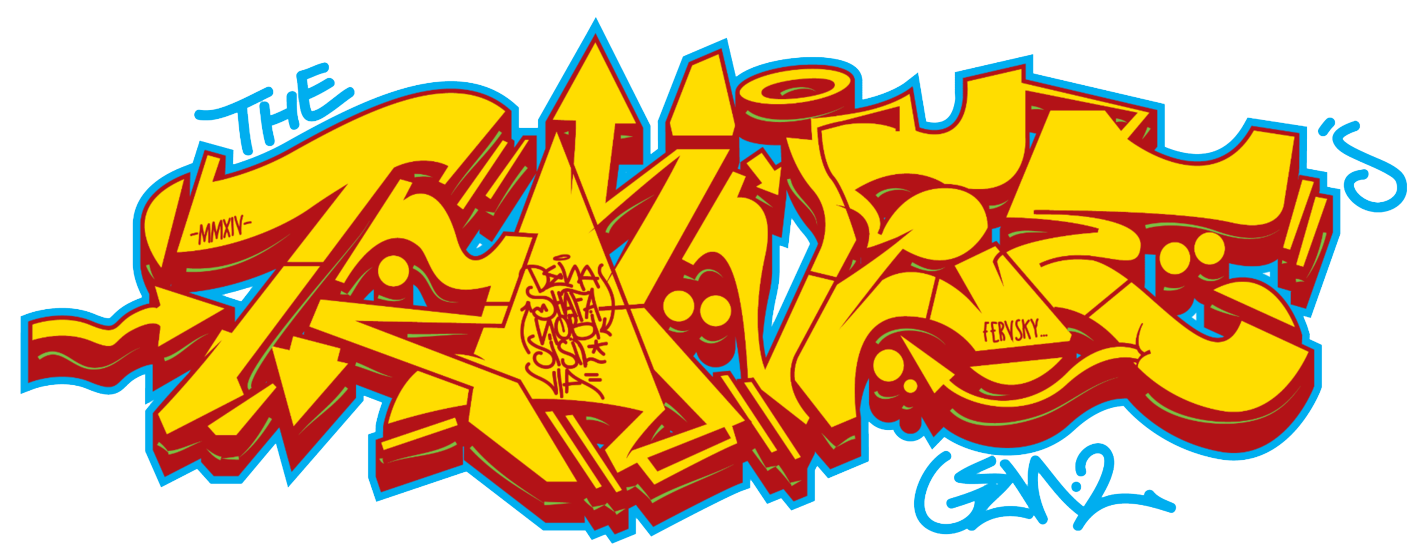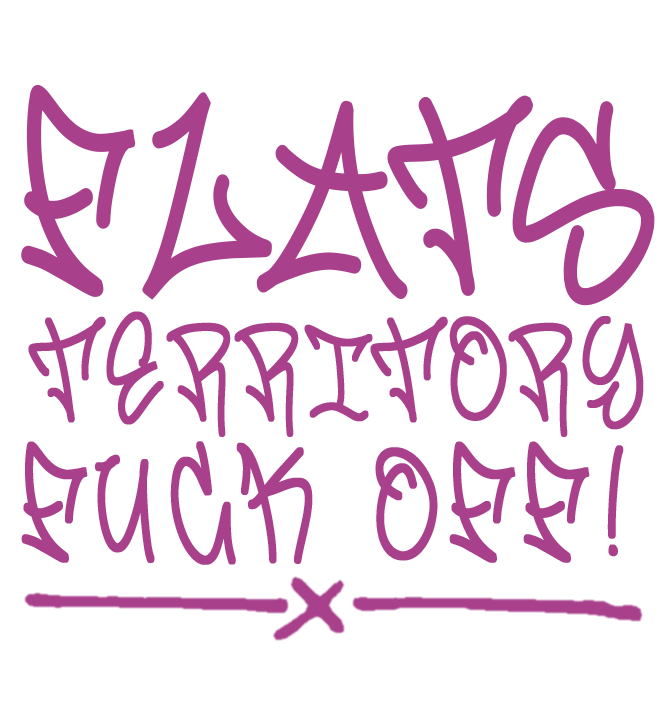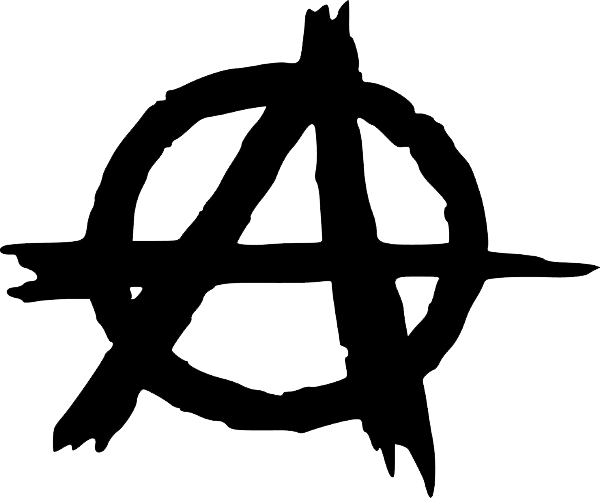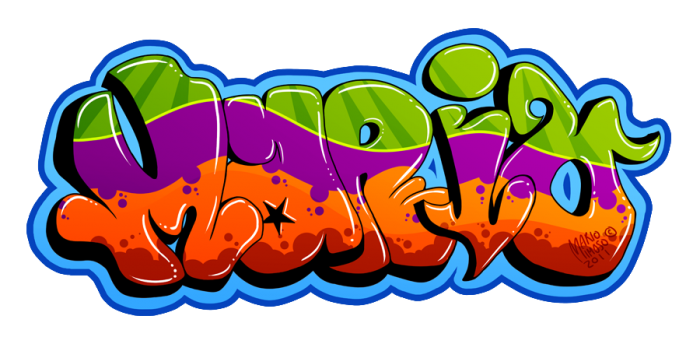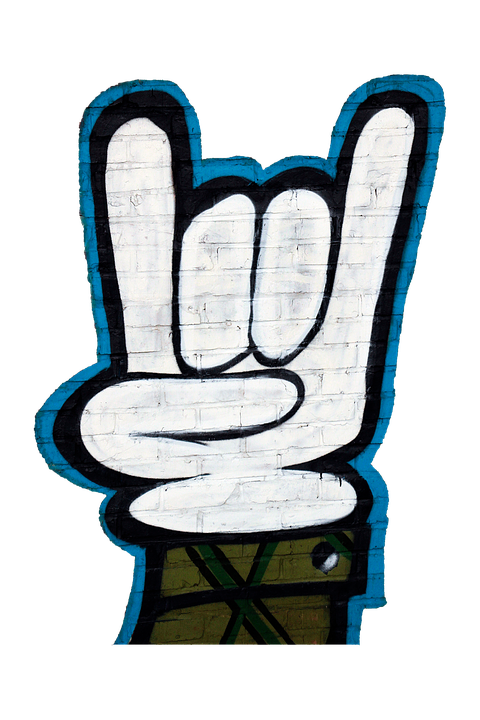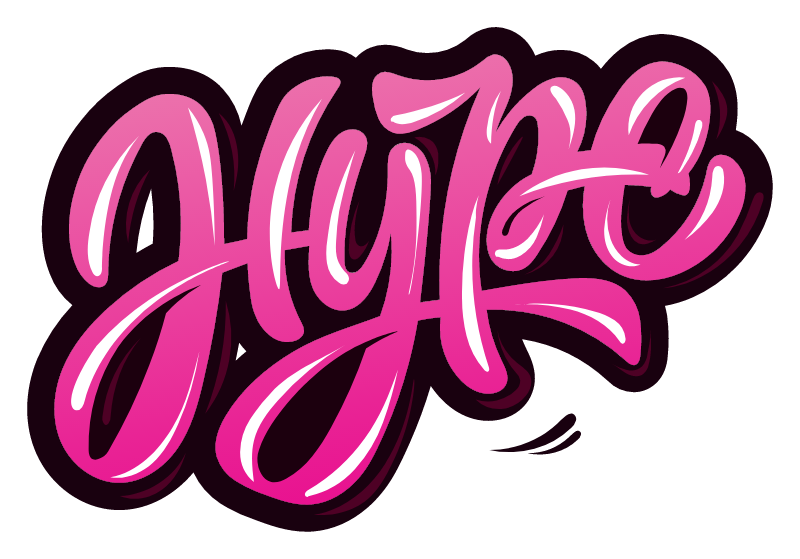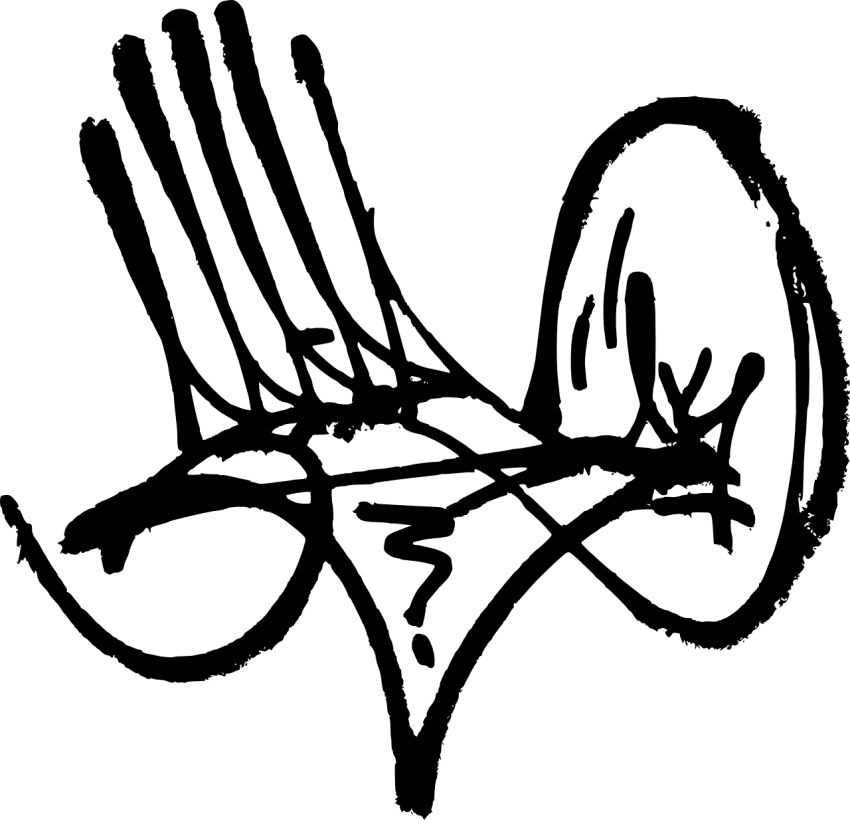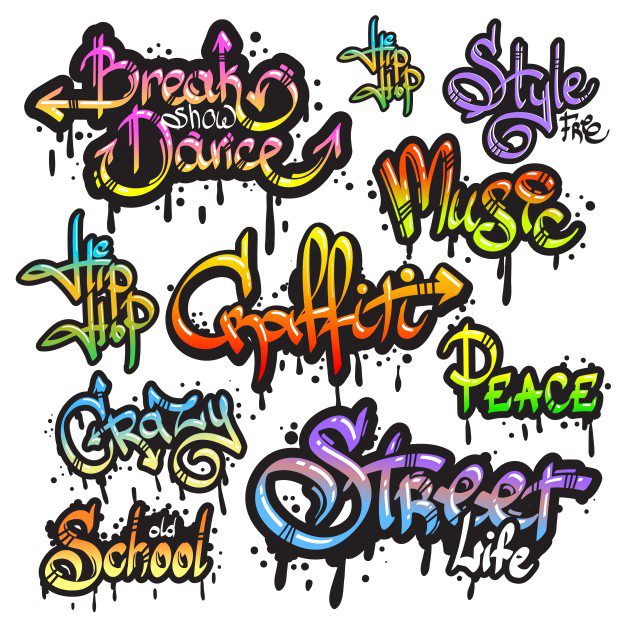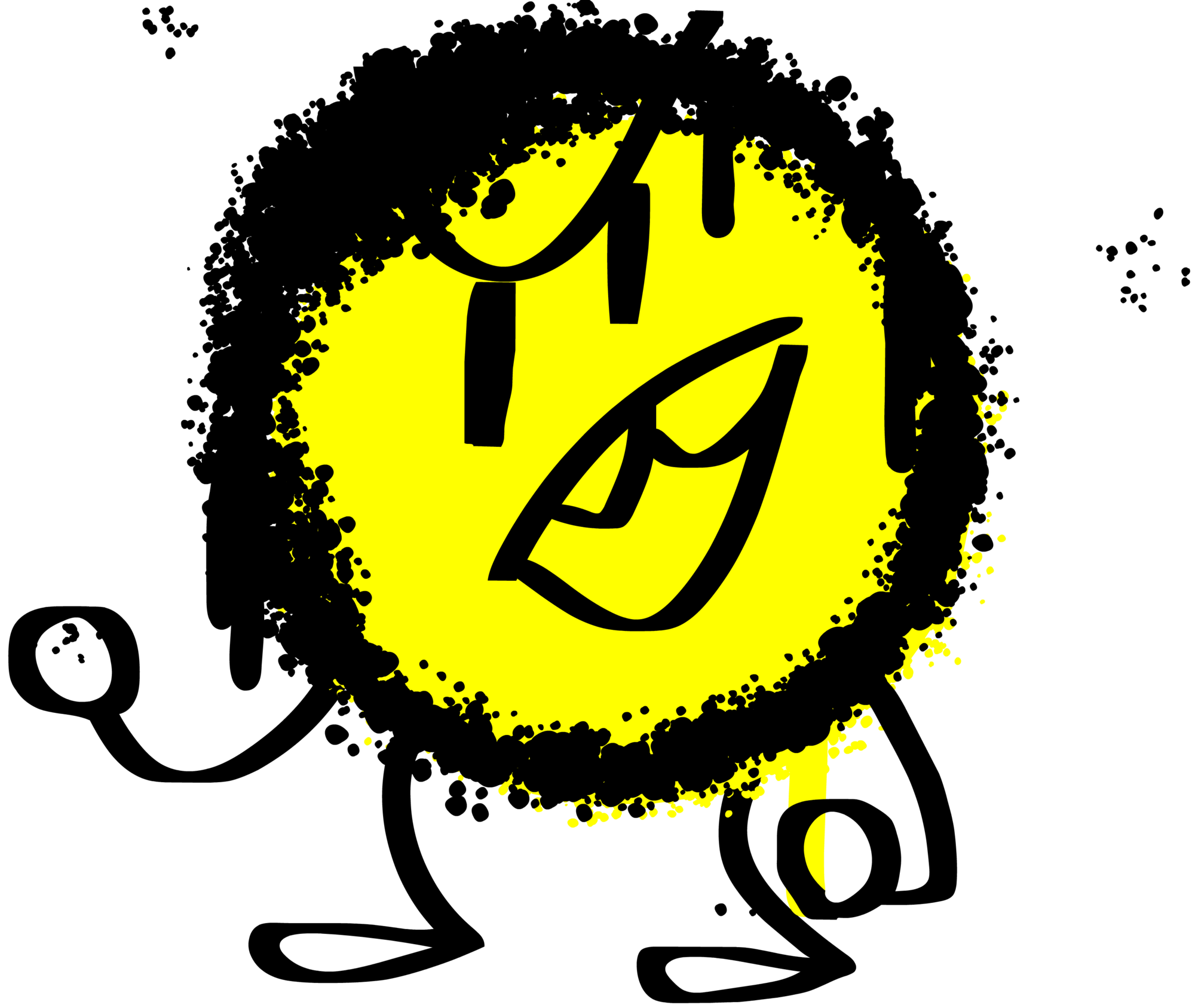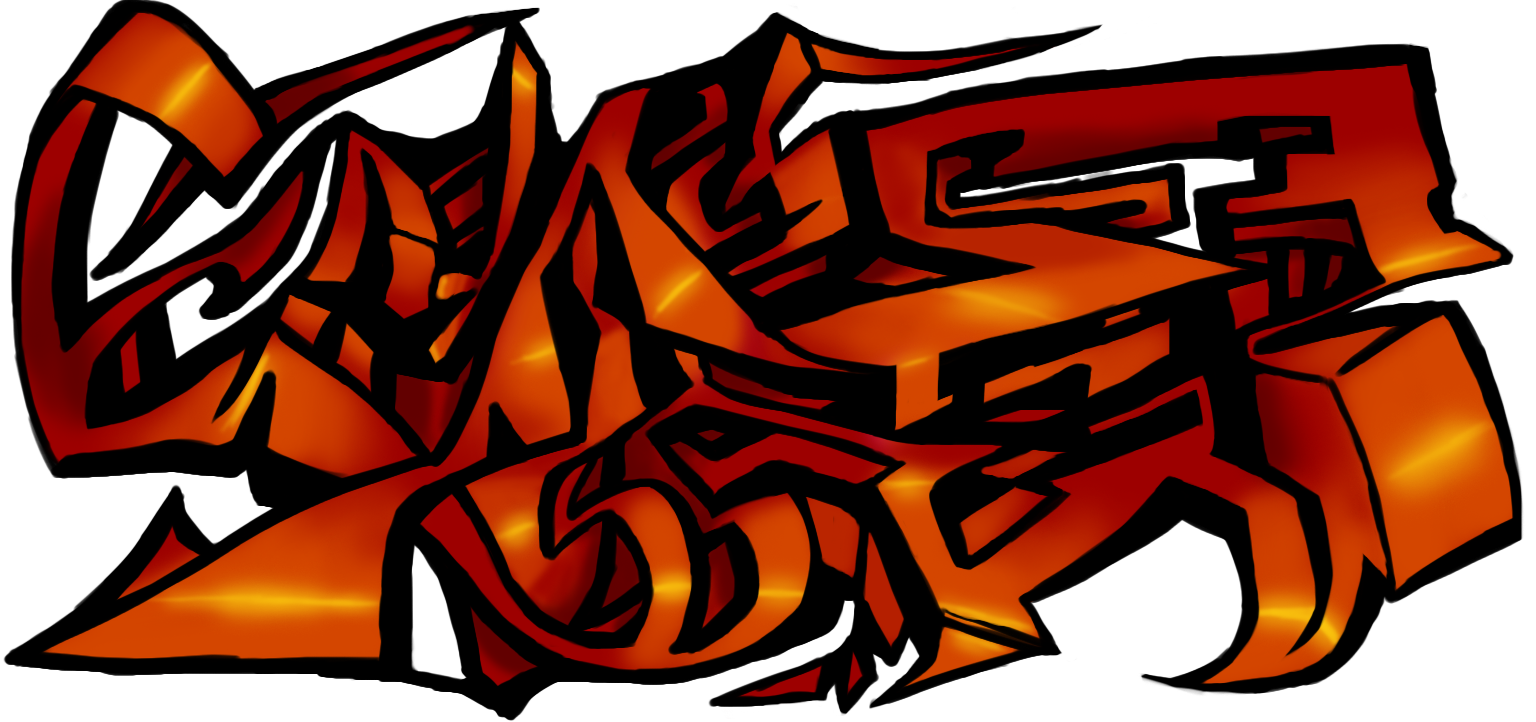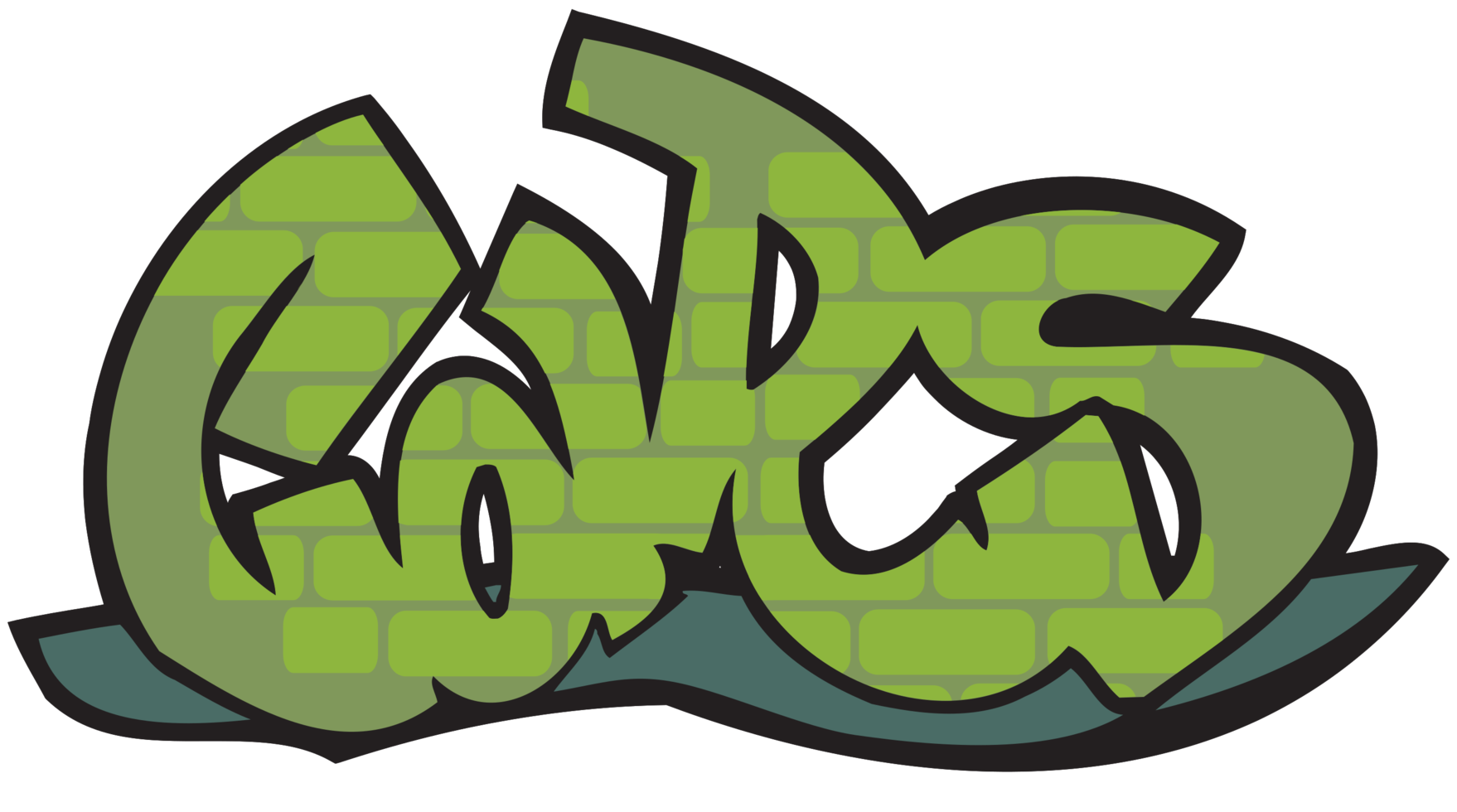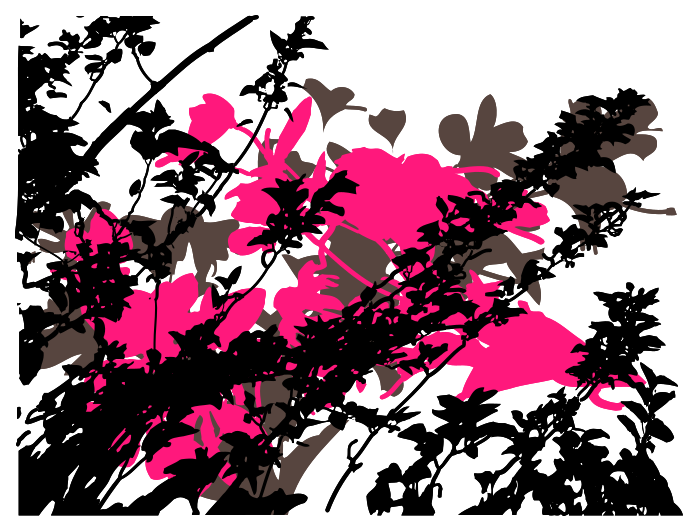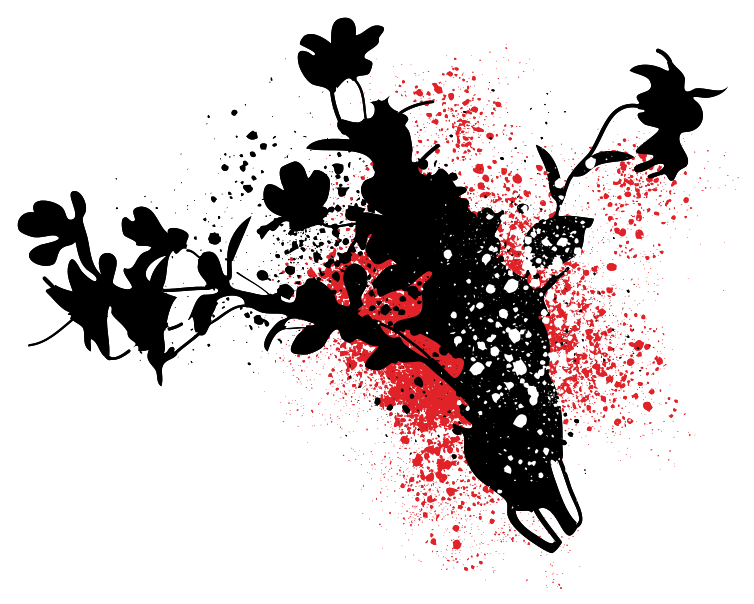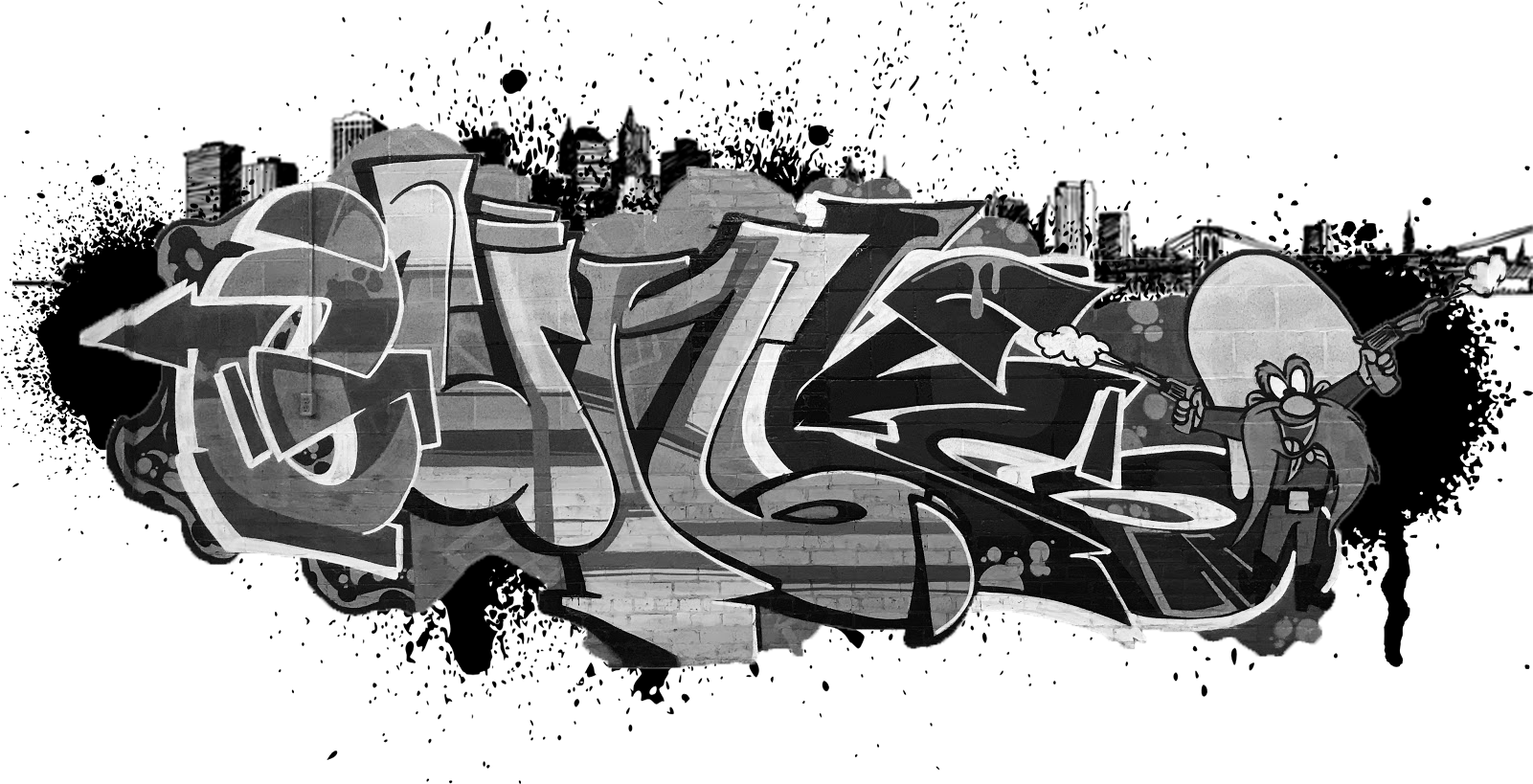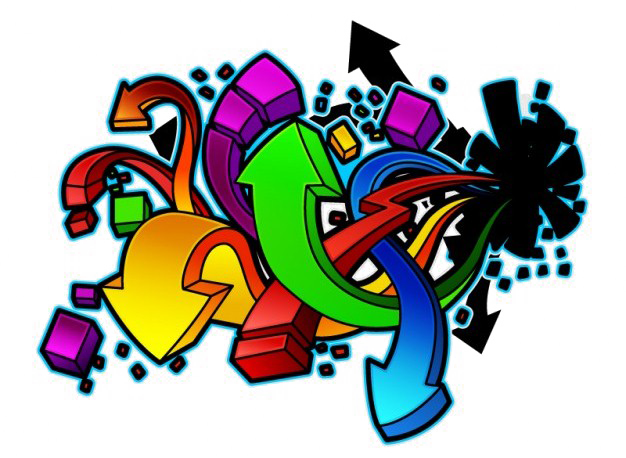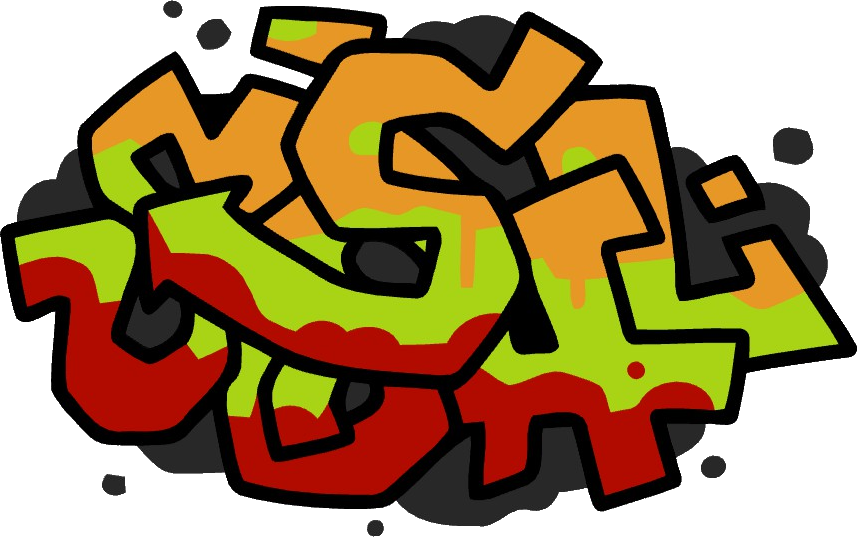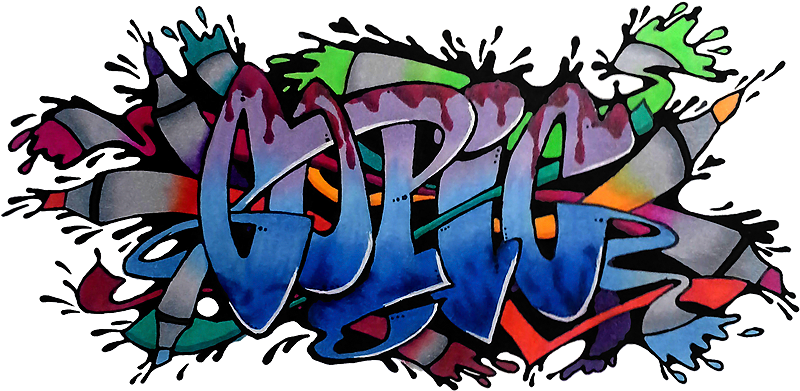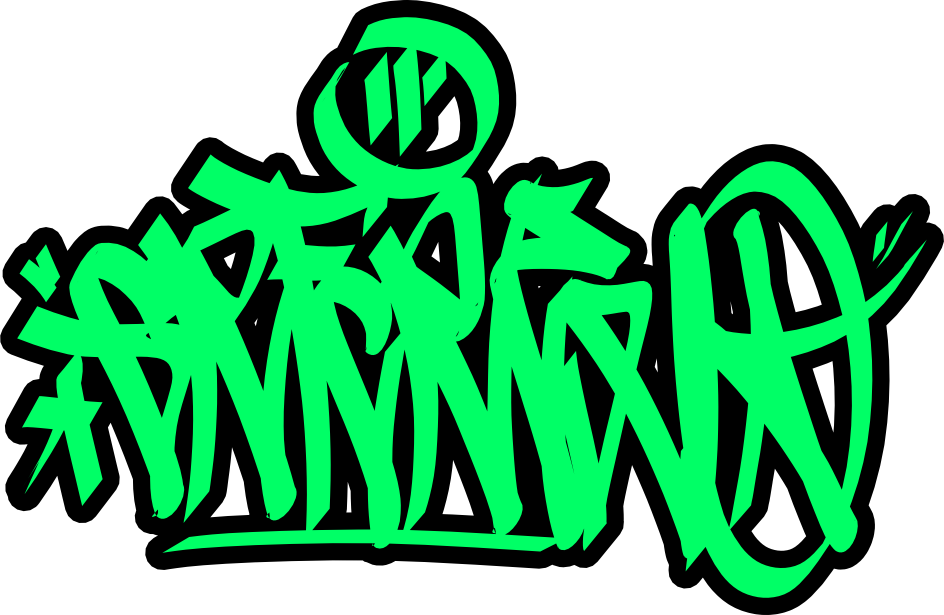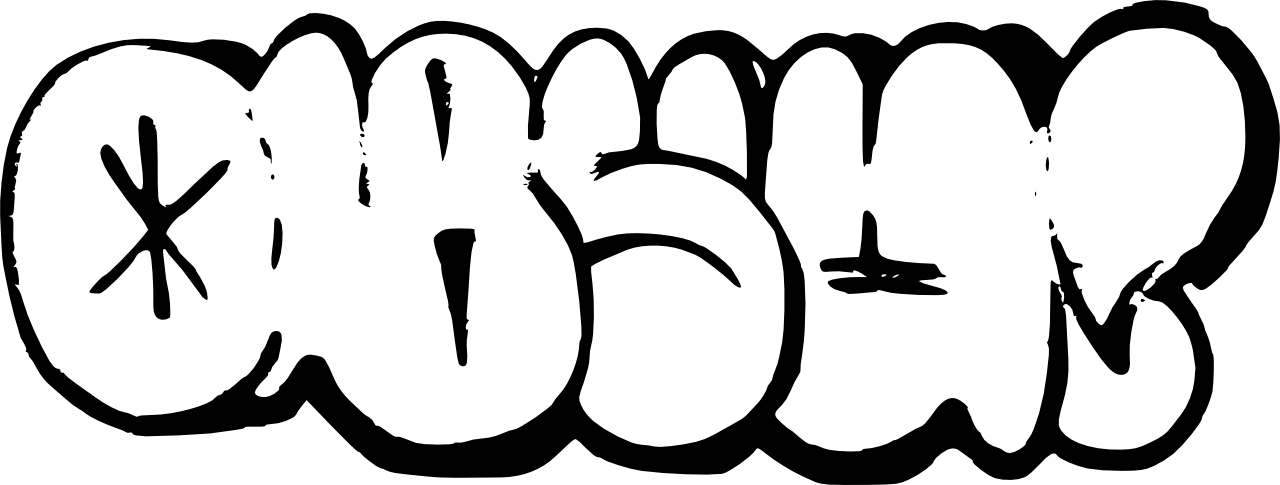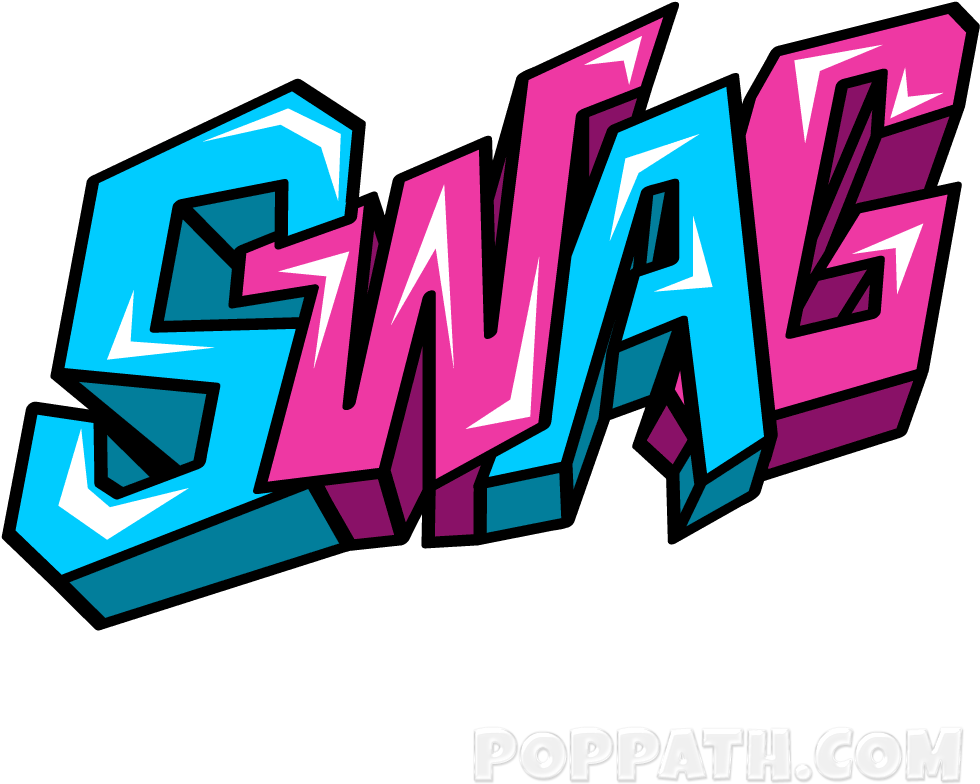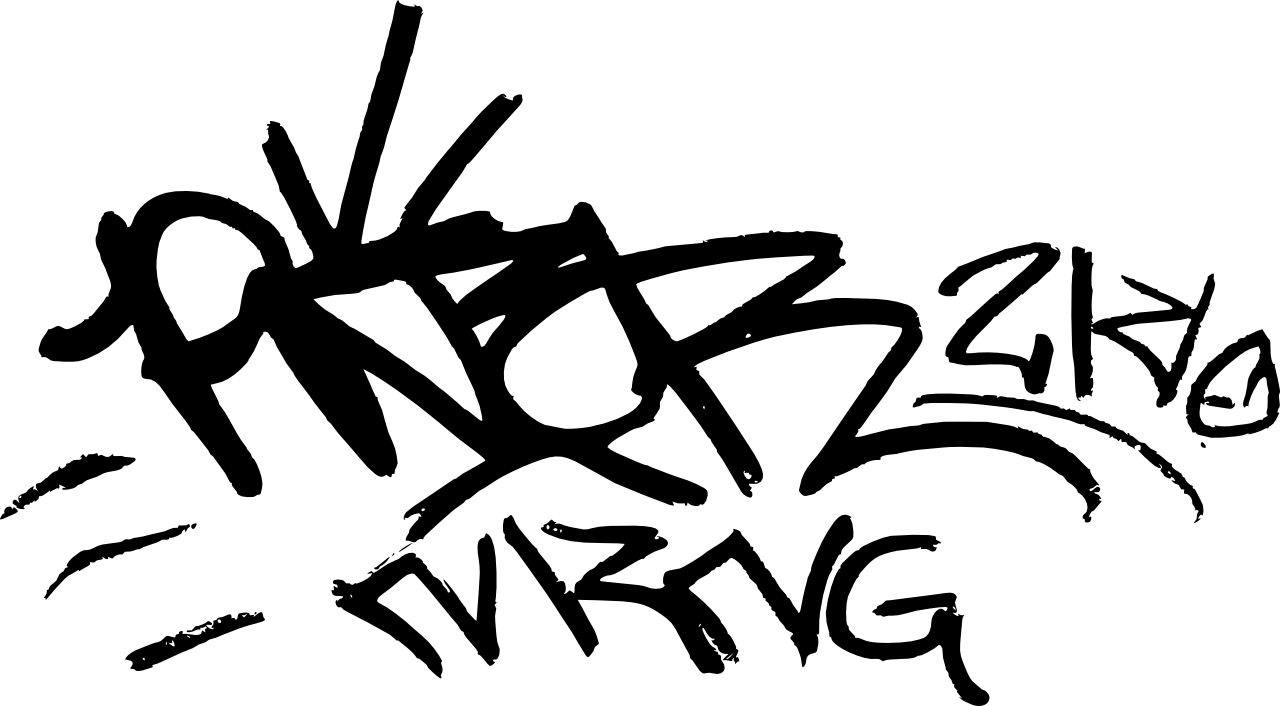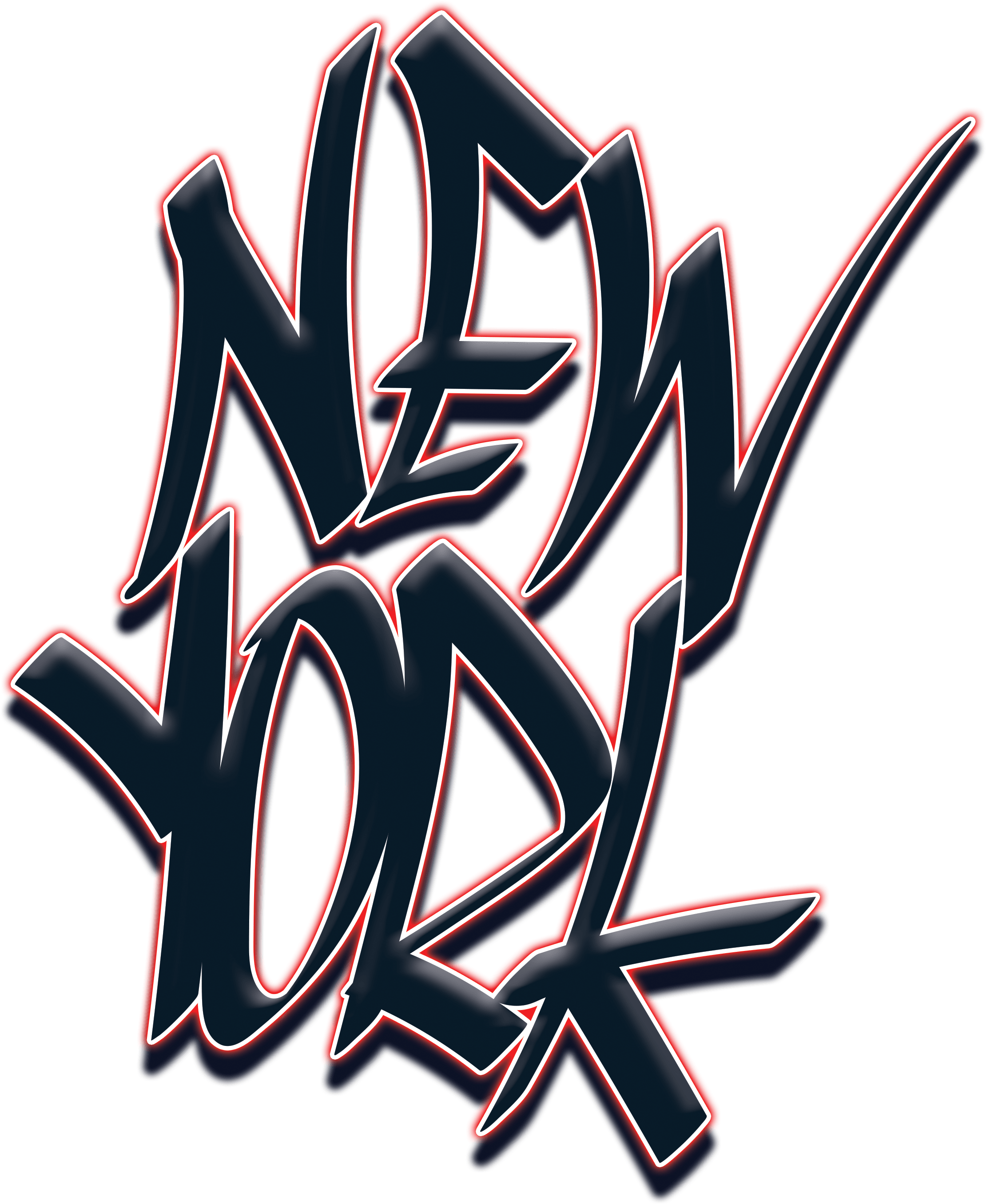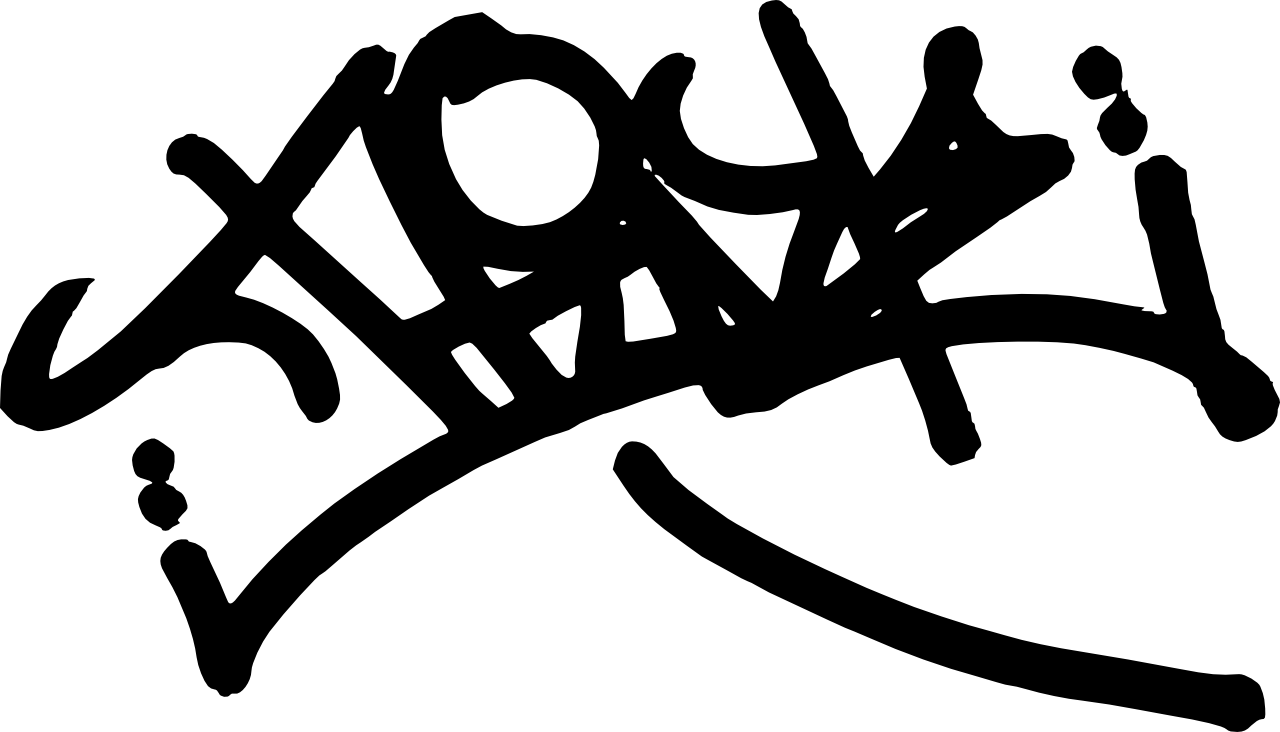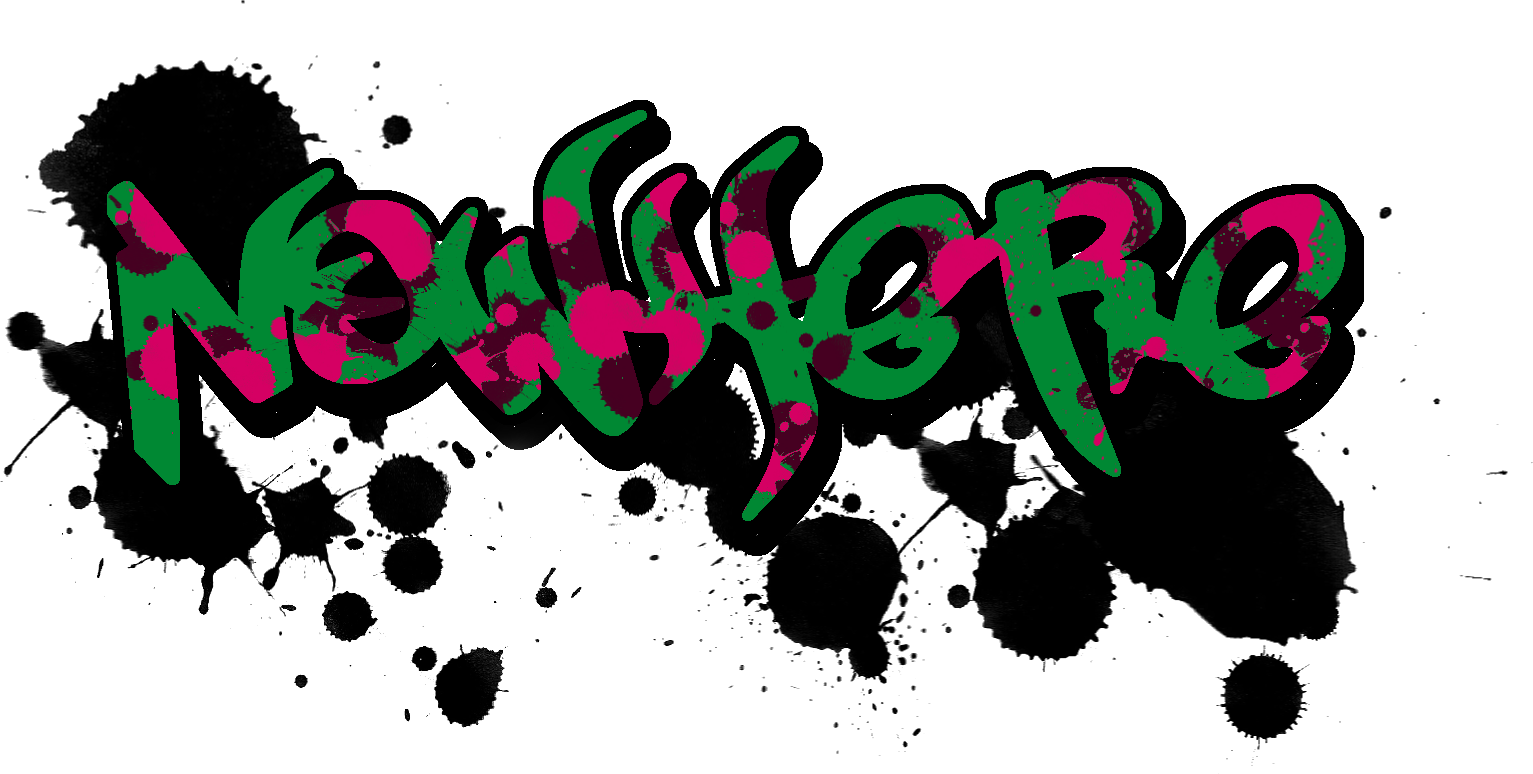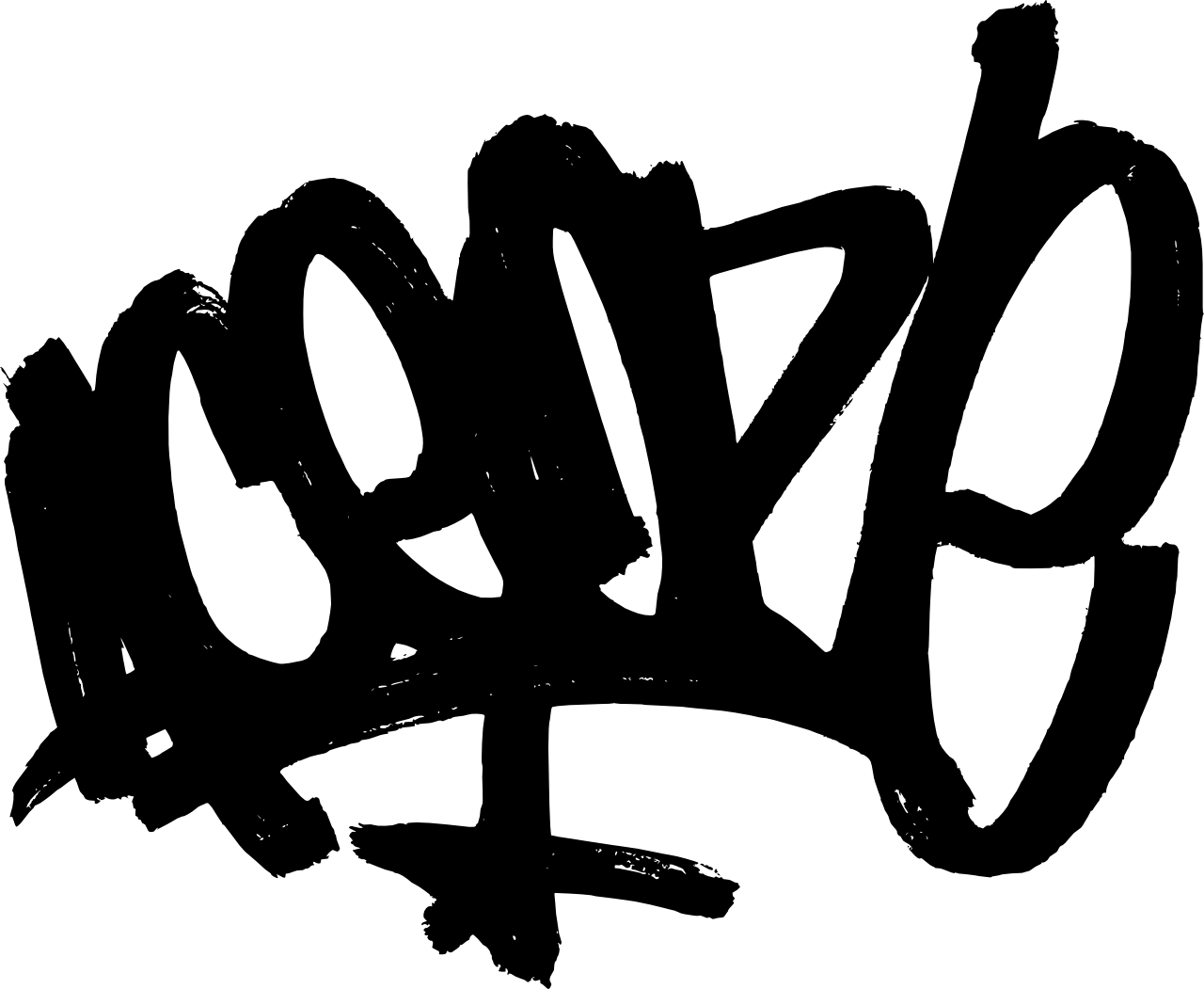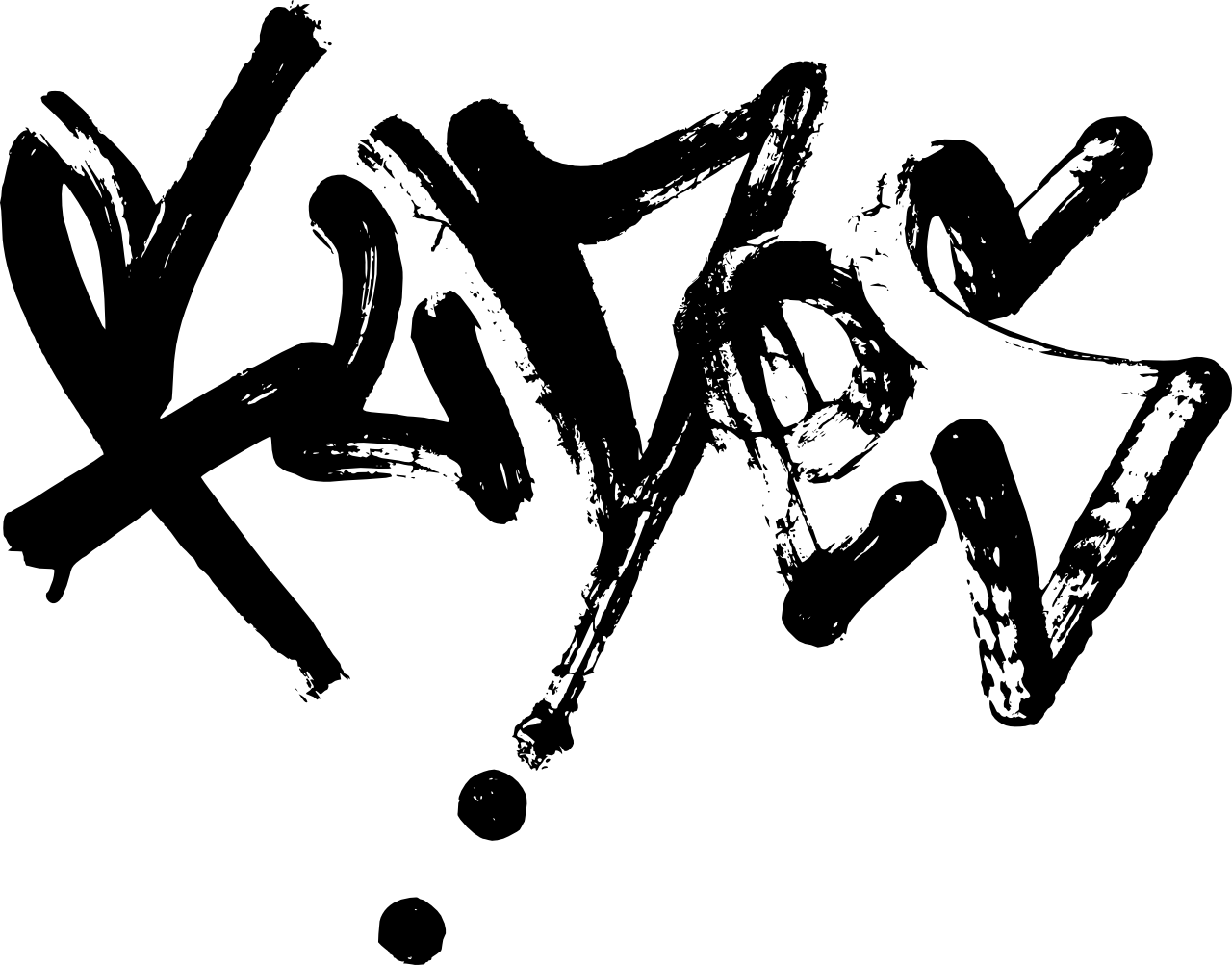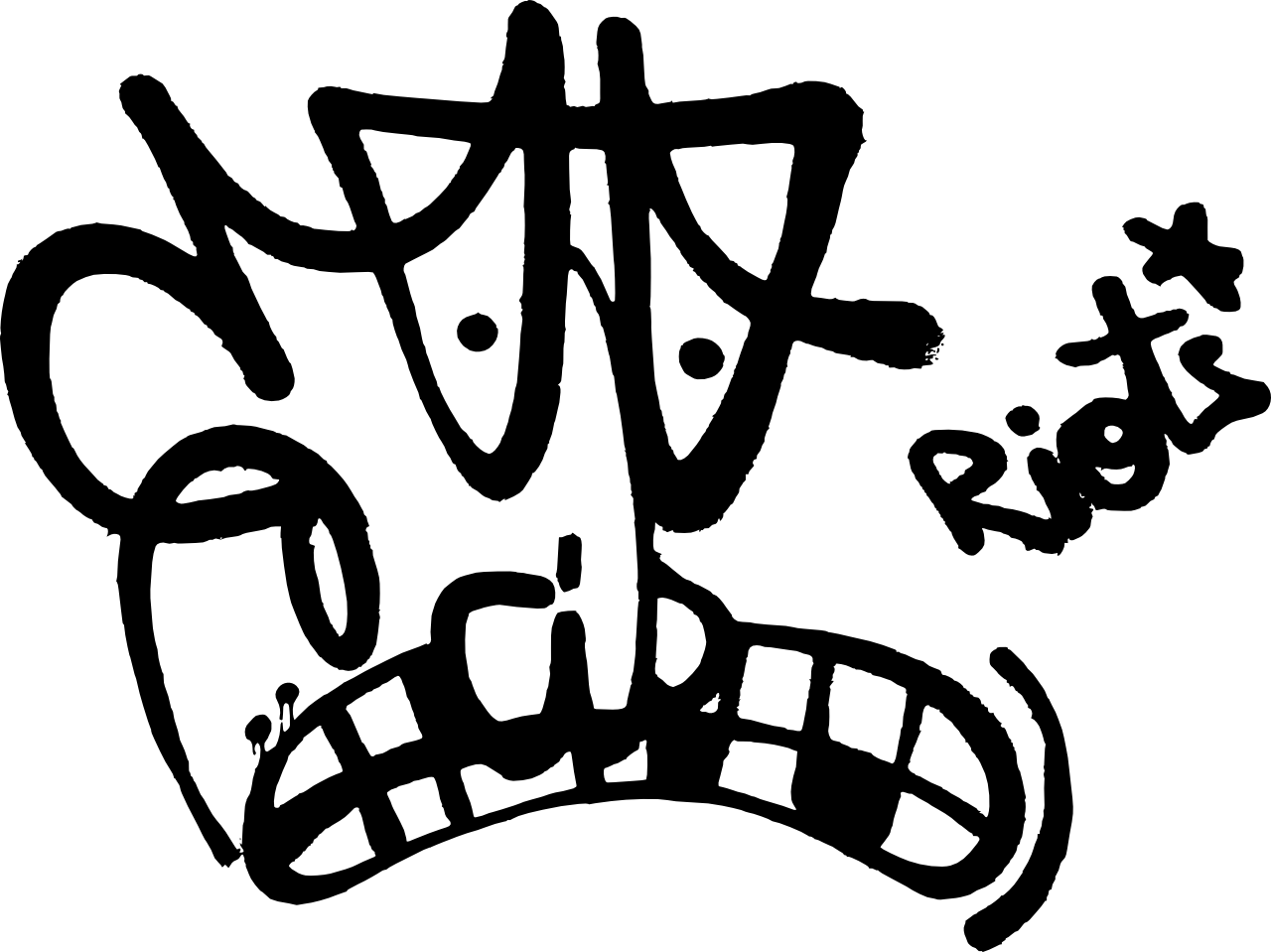Download top and best high-quality free Graffiti PNG Transparent Images backgrounds available in various sizes. To view the full PNG size resolution click on any of the below image thumbnail.
License Info: Creative Commons 4.0 BY-NC
Graffiti is writing or sketching on a wall or other surface without authorization and in full view of the public. Graffiti has existed since ancient times, with instances reaching back to ancient Egypt, ancient Greece, and the Roman Empire. It may range from simple scribbled messages to intricate wall murals.
Graffiti is a contentious topic. Marking or painting property without authorization is considered defacement and vandalism in most nations, and is a criminal offence, according to property owners and civic authorities, citing the use of graffiti by street gangs to mark territory or serve as a signal of gang-related activity. Graffiti has been portrayed as a rising urban “issue” in many cities around the industrialized globe, extending from the New York City subway system in the early 1970s to the rest of the US, Europe, and other parts of the world.
Graffiti (singular and plural) and the uncommon single form “graffito” are both derived from the Italian word graffiato (“scratched”). In art history, the term “graffiti” refers to works of art created by scratching a design into a surface. “Sgraffito” is a phrase that refers to scratching through one layer of color to reveal another underneath it. Potters typically utilized this method to glaze their products and then scratch a pattern into them. Graffiti was once etched on walls with a sharp tool, however chalk or coal were occasionally used. The term comes from the Greek v”graphein, which means “to write.”
The first documented example of “modern style” graffiti may be found at Ephesus, an ancient Greek city (in modern-day Turkey). Local guides claim it’s a prostitution advertising. The graffiti, which is near a mosaic and stone pathway, includes a handprint that resembles a heart, as well as a footprint, a number, and a carved representation of a woman’s head.
Graffiti was etched on walls and monuments by the ancient Romans, and some may still be seen in Egypt. Graffiti had different meanings in the classical era than it has now in terms of substance. When compared to today’s prominent messages of social and political values, ancient graffiti featured love confessions, political rhetoric, and simply words of thought. The explosion of Vesuvius preserved graffiti at Pompeii, including Latin curses, magic spells, professions of love, insults, alphabets, political slogans, and renowned literary lines, revealing ancient Roman street life. One inscription lists the address of a lady named Novellia Primigenia of Nuceria, a prostitute with a reputation for beauty who was in high demand. Another depicts a phallus with the following text:
Graffiti from the past has aided in the knowledge of bygone societies’ lifestyles and languages. Errors in spelling and syntax in these graffiti reveal the level of literacy in Roman times, as well as hints on how to pronounce spoken Latin. CIL IV, 7838: Vettium Firmum / aed quactiliar rog is an example. The word “qu” is pronounced “co” in this context. The 83 graffiti pieces discovered at CIL IV, 4706-85 show that people can read and write at levels of society where literacy isn’t required. The inscriptions exist on a peristyle that was being rebuilt by the architect Crescens at the time of Vesuvius’ eruption. Both the foreman and his crew were responsible for the graffiti. More than 120 pieces of graffiti may be found at the brothel at CIL VII, 12, 18″20, some of which were created by prostitutes and their clients. The gladiator Celadus Crescens wrote graffiti on the gladiatorial academy at CIL IV, 4397. (Suspirium puellarum Celadus thraex: “Celadus the Thracian makes the girls sigh.”)
Download Graffiti PNG images transparent gallery
- Graffiti Design PNG HD Image
Resolution: 1427 × 560
Size: 371 KB
Image Format: .png
Download
- Graffiti Design PNG Image HD
Resolution: 667 × 723
Size: 49 KB
Image Format: .png
Download
- Graffiti
Resolution: 600 × 498
Size: 18 KB
Image Format: .png
Download
- Graffiti PNG
Resolution: 2048 × 2048
Size: 102 KB
Image Format: .png
Download
- Graffiti PNG Pic
Resolution: 700 × 344
Size: 193 KB
Image Format: .png
Download
- Graffiti PNG File
Resolution: 480 × 720
Size: 377 KB
Image Format: .png
Download
- Graffiti PNG Image
Resolution: 648 × 1280
Size: 209 KB
Image Format: .png
Download
- Graffiti PNG Photo
Resolution: 800 × 559
Size: 135 KB
Image Format: .png
Download
- Graffiti PNG Cutout
Resolution: 850 × 820
Size: 91 KB
Image Format: .png
Download
- Graffiti PNG Images
Resolution: 900 × 263
Size: 269 KB
Image Format: .png
Download
- Graffiti PNG Photos
Resolution: 626 × 626
Size: 581 KB
Image Format: .png
Download
- Graffiti Transparent
Resolution: 2500 × 1874
Size: 154 KB
Image Format: .png
Download
- Graffiti PNG Clipart
Resolution: 512 × 512
Size: 36 KB
Image Format: .png
Download
- Graffiti PNG Picture
Resolution: 512 × 512
Size: 35 KB
Image Format: .png
Download
- Graffiti PNG HD Image
Resolution: 2000 × 1687
Size: 299 KB
Image Format: .png
Download
- Graffiti Art
Resolution: 1536 × 722
Size: 529 KB
Image Format: .png
Download
- Graffiti Art PNG Pic
Resolution: 1758 × 980
Size: 227 KB
Image Format: .png
Download
- Graffiti Art PNG File
Resolution: 698 × 531
Size: 149 KB
Image Format: .png
Download
- Graffiti Art PNG Image
Resolution: 754 × 604
Size: 161 KB
Image Format: .png
Download
- Graffiti Art PNG Photo
Resolution: 1601 × 819
Size: 808 KB
Image Format: .png
Download
- Graffiti Art PNG Cutout
Resolution: 626 × 458
Size: 338 KB
Image Format: .png
Download
- Graffiti Art PNG Images
Resolution: 857 × 537
Size: 415 KB
Image Format: .png
Download
- Graffiti Art PNG Photos
Resolution: 1024 × 650
Size: 81 KB
Image Format: .png
Download
- Graffiti Art Transparent
Resolution: 800 × 391
Size: 515 KB
Image Format: .png
Download
- Graffiti Art PNG
Resolution: 944 × 615
Size: 90 KB
Image Format: .png
Download
- Graffiti Design PNG
Resolution: 1280 × 485
Size: 49 KB
Image Format: .png
Download
- Graffiti Design PNG Pic
Resolution: 980 × 784
Size: 61 KB
Image Format: .png
Download
- Graffiti Design PNG File
Resolution: 1280 × 706
Size: 62 KB
Image Format: .png
Download
- Graffiti Design PNG Image
Resolution: 2220 × 2712
Size: 1218 KB
Image Format: .png
Download
- Graffiti Design PNG Photo
Resolution: 866 × 655
Size: 109 KB
Image Format: .png
Download
- Graffiti Design PNG Cutout
Resolution: 1280 × 732
Size: 60 KB
Image Format: .png
Download
- Graffiti Design PNG Images
Resolution: 1533 × 774
Size: 334 KB
Image Format: .png
Download
- Graffiti Design PNG Photos
Resolution: 1280 × 1051
Size: 64 KB
Image Format: .png
Download
- Graffiti Design Transparent
Resolution: 1773 × 671
Size: 56 KB
Image Format: .png
Download
- Graffiti Design PNG Clipart
Resolution: 1280 × 1003
Size: 108 KB
Image Format: .png
Download
- Graffiti Design PNG Picture
Resolution: 1280 × 959
Size: 76 KB
Image Format: .png
Download
